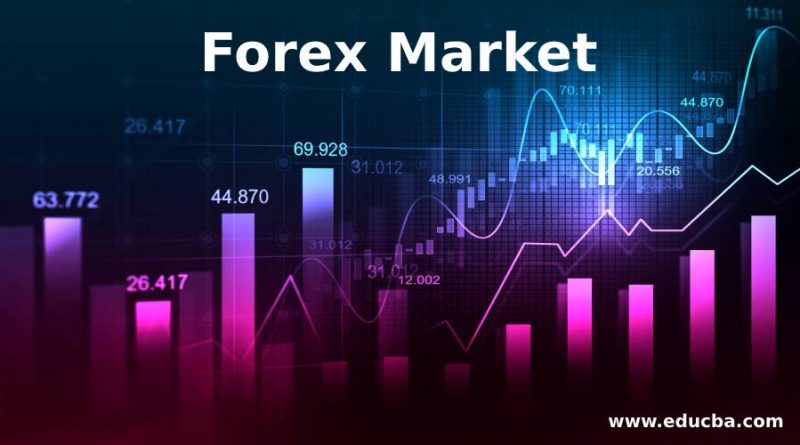Forex Market – Forex Trading and "Emerging" Markets
Forex trading has long been dominated by the U.S. Dollar, Euro, British Pound, Japanese Yen, and other “major” global currencies. Major currency pairs are referred to as “majors.” Now, however, many Forex traders are looking for opportunities in less commonly traded currencies, including the Malaysian Ringgit, the Singaporean Dollar, and the Brazilian Real. These currencies now offer viable and profitable alternatives to the aforementioned major currencies.
Different currencies represent different levels of risk, of course. Singapore’s government is renowned around the world for its excellent fiscal policies and large foreign exchange reserves. With a booming economy and well-educated workforce, Singapore has enjoyed unprecedented success in recent years.
As a result, its currency is growing in value. It’s worth cautioning, however, that Singapore is highly dependent on international trade and global downturns stand the potential to hit Singapore especially hard. For example, in the aftermath of the 2008 global financial crisis Singapore’s economy contracted by over 1 percent, sending the value of the Singapore dollar down.
The Malaysian Ringgit has also been an attractive currency for Forex traders in recent years. Like Singapore, Malaysia has enjoyed tremendous growth over the last several decades. Malaysia is an export-heavy country but also has a substantial domestic market that can absorb some of the turbulence of global markets. Compared to many of its neighbors, Malaysia is both politically and financially stable with government coffers funded by the nation’s oil wealth. Given these conditions, the Malaysian Ringgit is certainly worth a look.
The Brazilian Real has been a hot commodity in recent years. Since 2003 the Real nearly doubled in value against the U.S. dollar. Brazil has emerged as the economic powerhouse of Latin America and as the Brazilian economy is inwardly focused and not dependent on exports some investors view it as more resilient to global downturns. With so much uncertainty in global markets, Brazil is growing more and more attractive. It should be cautioned, however, that Brazil’s economy has slowed down in recent years and some analysts now view the Real as overvalued.
There are numerous other currencies worth considering, such as the Swiss Franc, New Zealand dollar, Indian Rupee, and South Korean Won. If you are looking to invest in any of these currencies you need to study each country. What does their economy look like today? What will it look like next year? How about five years from now? How well-managed are the country’s financial policies? What are the debt levels like? These can be difficult questions to answer, but the more information you can find out the better the position you will be in to invest.
Investing in Forex can be fun, exciting, and educational. Make no mistake, however, there are risks involved with every investment and Forex is no different. Currencies rise and fall, that’s how traders make their money. As with most investments, the riskier the currency the greater the potential reward. So following Forex markets and global conditions closely is a must for any savvy Forex trader. And by doing your homework you can minimize your risk and increase the likelihood of success.
Further, Forex markets are often more stable and predictable than stock markets, making Forex an emerging favorite among retirees and institutional investors alike. Forex markets are generally not influenced by one bad choice and usually, Forex markets follow long-term global trends. If a manager at a company, however, makes a single bad bet stock price can plummet. If you are looking to diversify your portfolio, Forex trading is a great place to start and emerging currencies might offer some of the best opportunities going forward.





